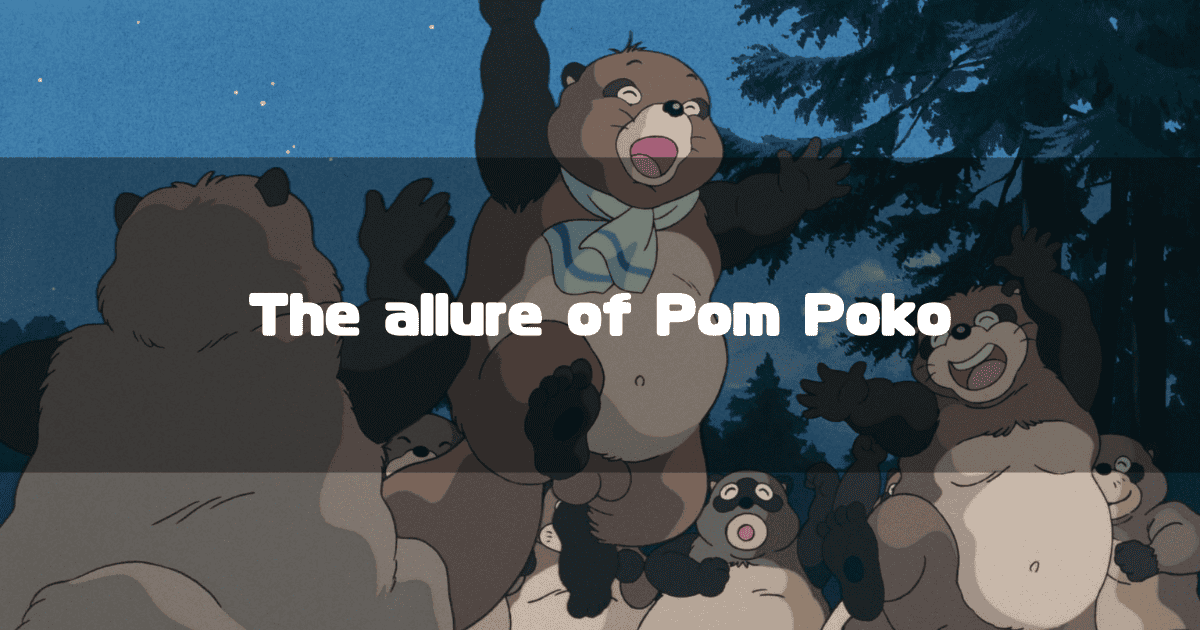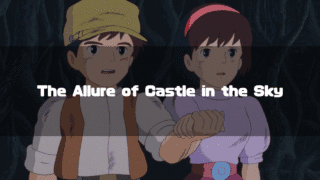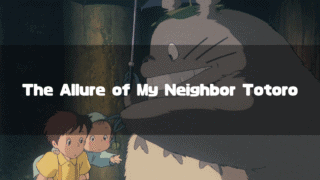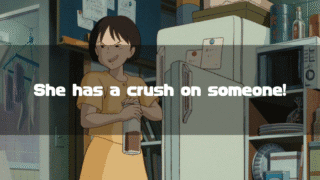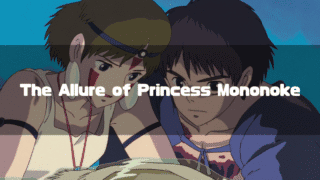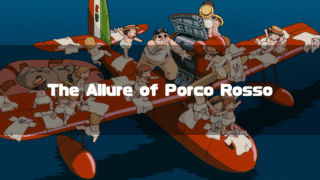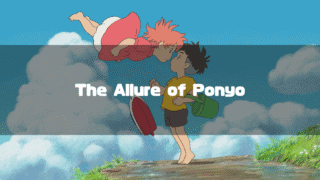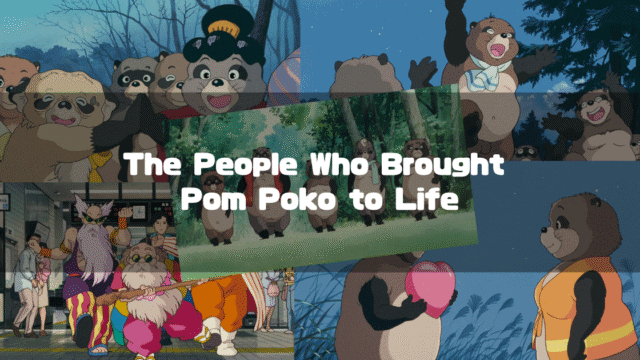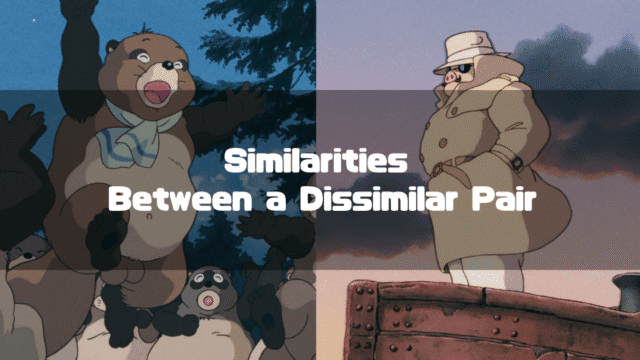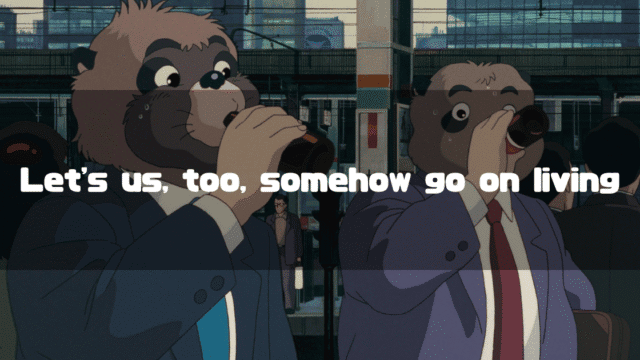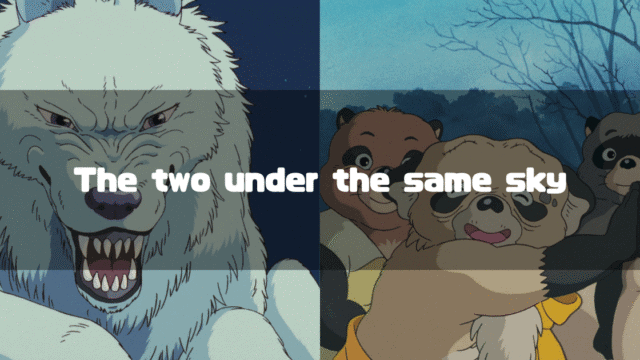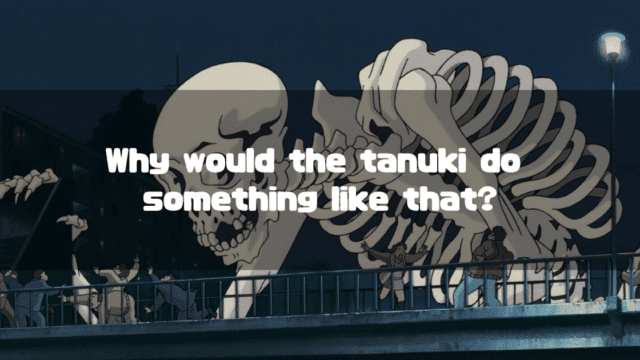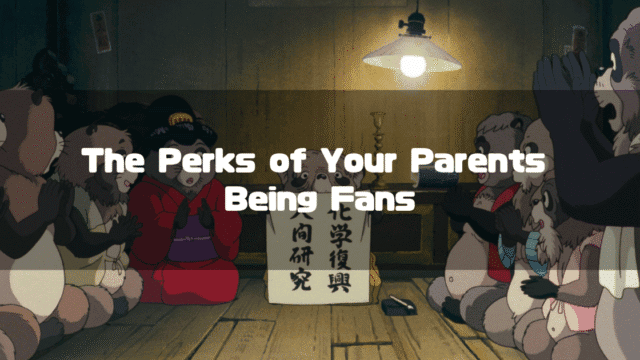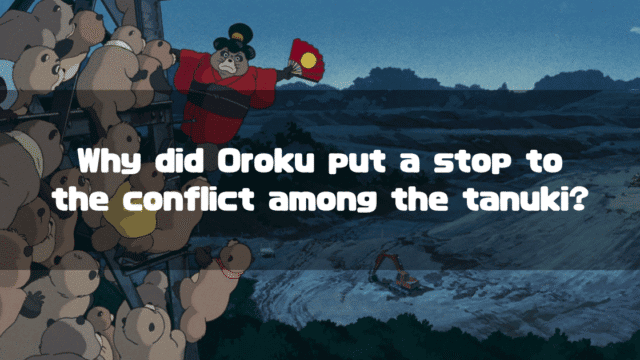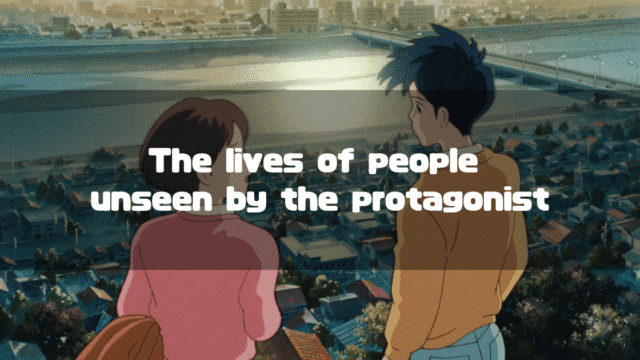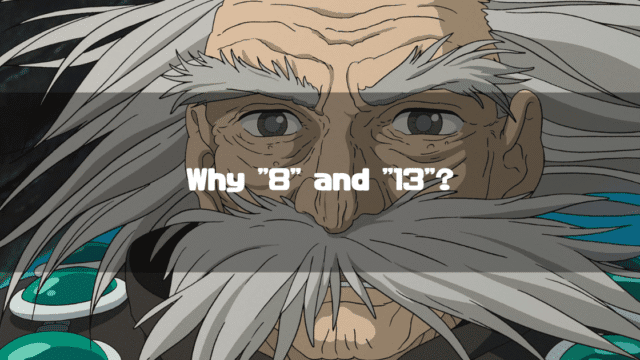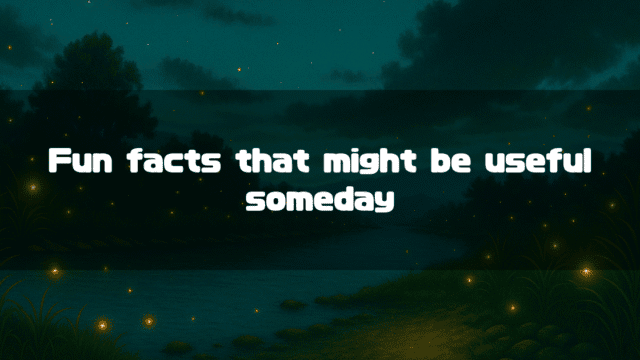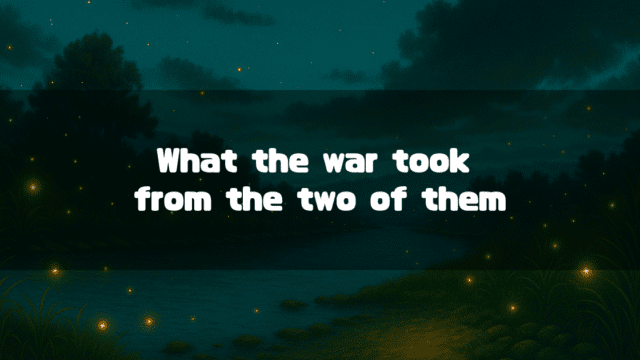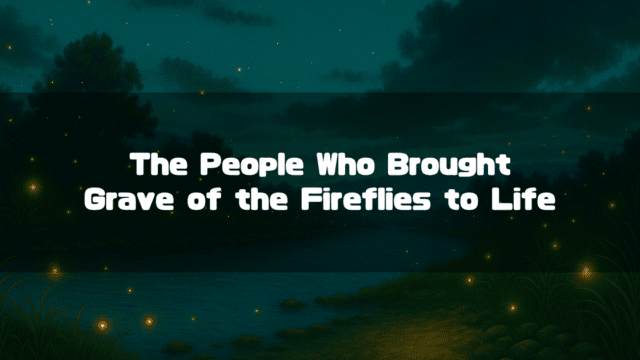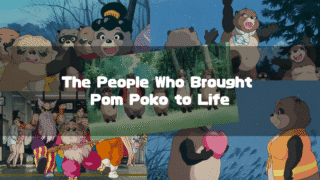Pom Poko(Studio Ghibli Official) is an animated feature film directed by Isao Takahata, released on July 16, 1994. Though it might not be understood by everyone, it is personally my favorite Studio Ghibli film.
I was shown this film as part of a class in elementary school. I think the teacher’s intention was for us to receive the message “Let’s cherish nature!” but Pom Poko is not such a simple work.
This time, I’d like to summarize the plot and highlights of Pom Poko. However, when I say synopsis, I’m going to spoil everything, so if you don’t like spoilers, please read up to a certain point and then watch the movie.
*This article is an English translation of the original Japanese article, 「平成狸合戦ぽんぽこ」のネタバレあらすじと考察ポイント-人物相関図付きでラストまで解説-.
Let an AI walk you through the highlights of this post in a simple, conversational style.
- Detailed Synopsis
To summarize the plot of this work: “The tanuki of Tama, having lost their homes to urban development, revive the art of transformation to resist humans, but fail. In the wake of their defeat, they are forced to make agonizing choices, such as suicide attacks, taking their own lives, or ‘living as humans.’ Nevertheless, the tanuki somehow manage to survive.” We will provide a more detailed synopsis, a character map and an explanation of the story. - Various Points for Discussion
We will explain and introduce more detailed articles (within this blog) on discussion points such as “The meaning of Oroku’s scolding,” “The mystery of Operation Specter,” “The reason the voice actors were rakugo storytellers,” and “Comparisons with Princess Mononoke and Porco Rosso.”
Pom Poko (1994) Synopsis (Spoilers Ahead)
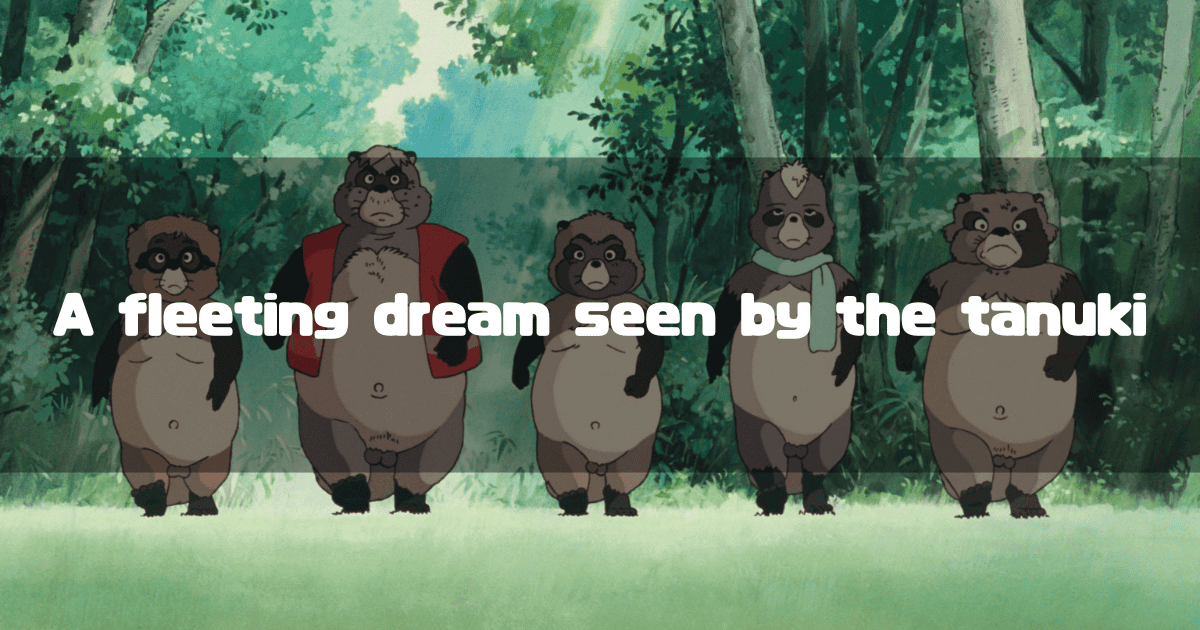
Quick Summary
A brief summary of the key points of Pom Poko would be as follows:
- A Homeland in Crisis
The story progresses as a tale of the tanuki of the Tama Hills, whose homes are being taken away by human housing development. - Portrayal of the Tanuki
The tanuki are primarily depicted walking upright on two legs, portrayed as extremely human-like beings. - The Challenge to Reclaim Tama Hills
The tanuki challenge the humans in a battle to reclaim their own homes. - Transformation Arts and Summoning the Elders
The tanuki’s main weapon is “transformation chemistry” (bakegaku), or the “art of transformation” (henge-jutsu). The story begins with the transmission of this art from seasoned masters to the younger generation. Simultaneously, they attempt to summon the elder tanuki from the advanced transformation regions of Shikoku and Sado. - Arrival of the Elders and Preparation for the Final Battle
The training of the young tanuki proceeds smoothly. Just as the momentum for a decisive battle against the humans reaches its peak, three elders from Shikoku arrive in the Tama Hills. They bestow upon the Tama tanuki the secret art of “Operation Specter,” and a full-scale operation against the humans is launched. - Human Cunning
The secret art “Operation Specter” has no effect on the humans and is instead co-opted as a publicity stunt for a theme park called “Wonderland.” - Division and Three Factions’ Strategies
The grieving tanuki split into the following three factions:- A hardline faction planning a physical confrontation with humans.
- A Buddhist chanting faction that turns away from the unbearable reality and seeks nirvana.
- An exposure faction that tries to appeal to humans that “Operation Specter” was the tanukis’ doing.
- Sacrifice and Defeat
The hardline faction showed kamikaze-like bravery but was wiped out by the humans, and the chanting faction committed mass suicide. - Secret Exposed and Minimal Impact
The exposure faction succeeded in getting their message across by involving a TV station, but its impact was minimal. - A New Path Through Transformation Arts
The tanuki who survived all the battles choose to live as humans using their transformation skills.
Character Map

Story Explanation
The most important and poignant point of Pom Poko is that their battle is destined to end in defeat from the very beginning of the story.
To be more precise, the moment you see the title Pom Poko and the trailers or commercials, it’s confirmed that this story is a “tale of the tanuki’s defeat.”
Why? Because the reality is that humans have not lost to tanuki.
We are thus forced to follow the tanuki in their extremely harsh situation, which, under normal circumstances, would be too painful to watch.
However, Pom Poko depicts their earnest struggle with the exquisite humor and wit of a comical rakugo story. The casting of several master rakugo storytellers as voice actors must have been a major necessity. It’s that comical aspect that makes it watchable.
Personally, the narration realized by the beautiful voice of Kokontei Shinchou is very impressive. In animation, the background art plays a huge role in creating the worldview, but in this work, the narration also seems to be an important part of that world. In other words, since the legendary master Kokontei Shinchou is telling the story, we are allowed to laugh.
I have watched Pom Poko many times since I was a child, and it is a work that makes me think of something new every time I see it. It was great fortune for me to have been able to see such a work as a child. Even now, if someone asks me “What’s your favorite Ghibli film?” I answer, Pom Poko.
With that said, let’s take a more detailed look at the synopsis of Pom Poko.
The Revival of Transformation Chemistry
In the autumn of the 31st year of the Ponpoko era, the tanuki, whose homes were being taken away by human urban development, fought a decisive battle over each other’s territory. The two forces were from Takagamori and Suzugamori. The battle was beyond description.

Lacking a decisive blow, the battle fell into a stalemate. At that moment, Oroku of the fireballs intervened to mediate the fight. Oroku urged the tanuki to observe the reality of the forest being cleared by human hands from atop a steel tower.
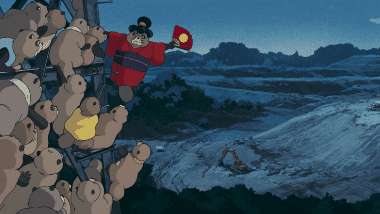
Having learned the reality of their forest, the tanuki of Tama united and decided to stand up to the humans. To do so, they planned the revival of the long-abandoned art of transformation chemistry and the summoning of the elders from Shikoku and Sado. However, since summoning the elders would be a long and arduous journey, they decided to first focus on training the young ones.
The elders worked hard to train the youth, but the path was not easy. Mastering the art of transformation, which required “extreme concentration,” was fundamentally contrary to the easy-going nature of tanuki.
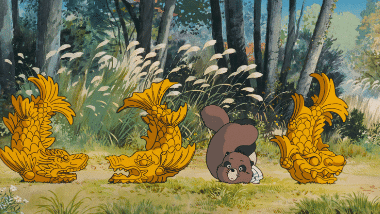
Nevertheless, through various training and graduation exams, some of the young tanuki acquired transformation skills sufficient for practical application. One such hot-blooded young tanuki, Gonta of Takagamori, gathered volunteers and proposed the first operation aimed at annihilating humans. The elders were extremely reluctant, but they could not stop Gonta. Yielding to them, Oroku bestowed upon them a secret art that would make them “look like a dead fox for five days even if killed,” and sent Gonta and his group off.
On a rainy night, Gonta’s operation targeting a nearby construction site was a brilliant success, leading to the deaths of many humans. The tanuki who saw the news rejoiced.
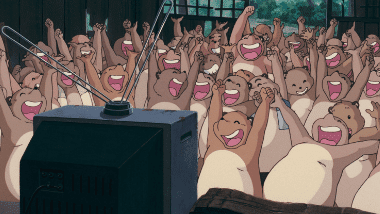
However, Gonta’s operation was dismissed as an “unfortunate accident,” and it could not stop the development. And Gonta himself was seriously injured in the shadow of the “victory celebration.”
The Execution of Operation Specter
Following the success of Gonta’s operation, the tanuki each began their own battles against the humans. They were genuinely working with the goal of “stopping the development,” but their actions bore no resemblance to Gonta’s initial strategy and amounted to little more than fooling humans.

Gonta, immobilized by his serious injury, grimaced at this sight, as the development was steadily progressing. While their homes continued to be taken away, the tanuki’s population growth was causing a severe food shortage. The tanuki, who had been restraining themselves during the revival of transformation chemistry, could no longer resist their natural instincts and had begun to have children. The tanuki decided on an operation to procure food, such as leftovers, from human towns and houses.
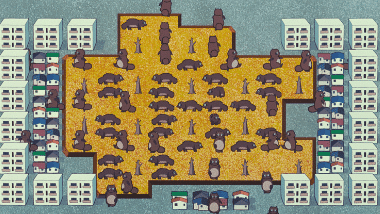
Procuring food was the job of the transforming tanuki, but ordinary tanuki, unable to bear the hunger, also began to appear in residential areas, frequently getting caught in traps or hit by cars, making the situation desperate. In this situation, Gonta advised that they should launch a decisive battle against the humans. Gonta’s wounds had already healed.
Just then, a young tanuki named Tamasaburo, who had been sent as a messenger, finally returned from Shikoku with the long-awaited elders.
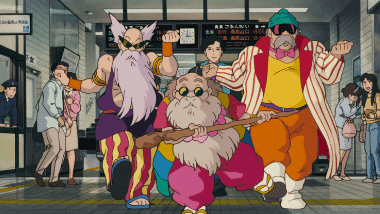
The elders had prepared the secret art “Operation Specter” for the Tama tanuki. The tanuki staked their fate on this operation and devoted themselves to its preparation. All tanuki, whether they could transform or not, participated in the operation from the preparation stage. “Operation Specter” was the only hope that appeared before the tanuki who had been forced to endure so much.
In the spring of the 33rd year of the Ponpoko era, the day of “Operation Specter” finally arrived. The temperature was thirteen degrees Celsius, humidity sixty-five percent. It was a perfect day for specters.
Through the tanukis’ transformation art, a great horde of yokai transformations appeared in the town. The sight that appeared before people’s eyes was, without a doubt, real.

During the execution of this spectacular operation, one of the Shikoku elders, Gyobu Inugami, lost his life. The operation was suspended due to the death of Gyobu, who was at its core, but the tanuki were convinced of the operation’s success. This was supposed to change the humans.
The Tanukis’ Defeat and Final Decision
Contrary to the tanukis’ expectations, Operation Specter had no effect at all. Not only that, but the miraculous Operation Specter created by the tanuki was exploited by the operators of a theme park called “Wonderland” and was passed off as their publicity stunt. The people who actually saw Operation Specter denied this, but the situation did not improve. The tanuki, defeated in their final battle, wept.
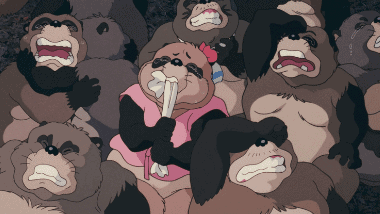
Following this defeat, the tanukis’ unity completely collapsed. Led by Gonta, the kamikaze faction, and by the Shikoku elder Yahimano Hage, the escapist faction, the tanuki were each heading towards their end. Amidst this, the Tama elder Tsurukame Oshō wrote a letter to a TV station. He intended to directly appeal that “Operation Specter” was their doing and to ask humans not to take away their homes. Many tanuki opposed this, but at this point, no one could stop Tsurukame Oshō, and in the end, they decided to help him.
The first to act were Gonta and his kamikaze faction. Posing as an “environmental protection group,” Gonta’s group barricaded themselves in the forest and confronted the security forces.
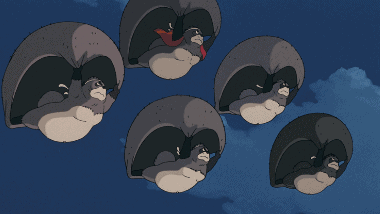
Gonta launched his attack, believing others would follow, but there was no way tanuki could win a physical fight against humans.
Around the same time Gonta was burning with youthful passion, Tsurukame Oshō was also pouring out his feelings to the humans.
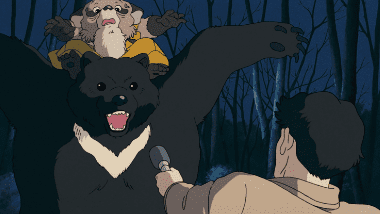
Alongside the final battles of Gonta and Tsurukame Oshō, the desperate, non-transforming ordinary tanuki, led by the Bald Tanuki, had built a large treasure ship. This ship was to lead them to the Pure Land. The ordinary tanuki, riding the ship, rushed towards the train tracks. Their final battle was a mass suicide. What did the humans think of their corpses?
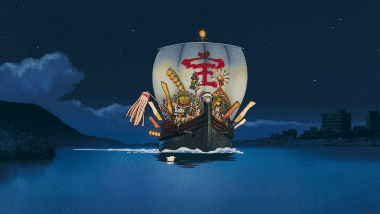
Defeated in battle, the remaining transforming tanuki made their final decision. They chose to live as humans. Some became fortune-tellers, others succeeded in real estate and cleared forests and mountains; each transformed into various people and continued their lives. Perhaps, even next to us, there might be a transformed tanuki.

We humans cannot see their battle, but the tanuki who disappeared did not vanish on their own; their lives were taken by humans. At the very least, we should live with an awareness of this fact.
The above is my personal summary of Pom Poko. Next, let’s discuss the points of consideration for this work.
Pom Poko (1994) Points for Analysis
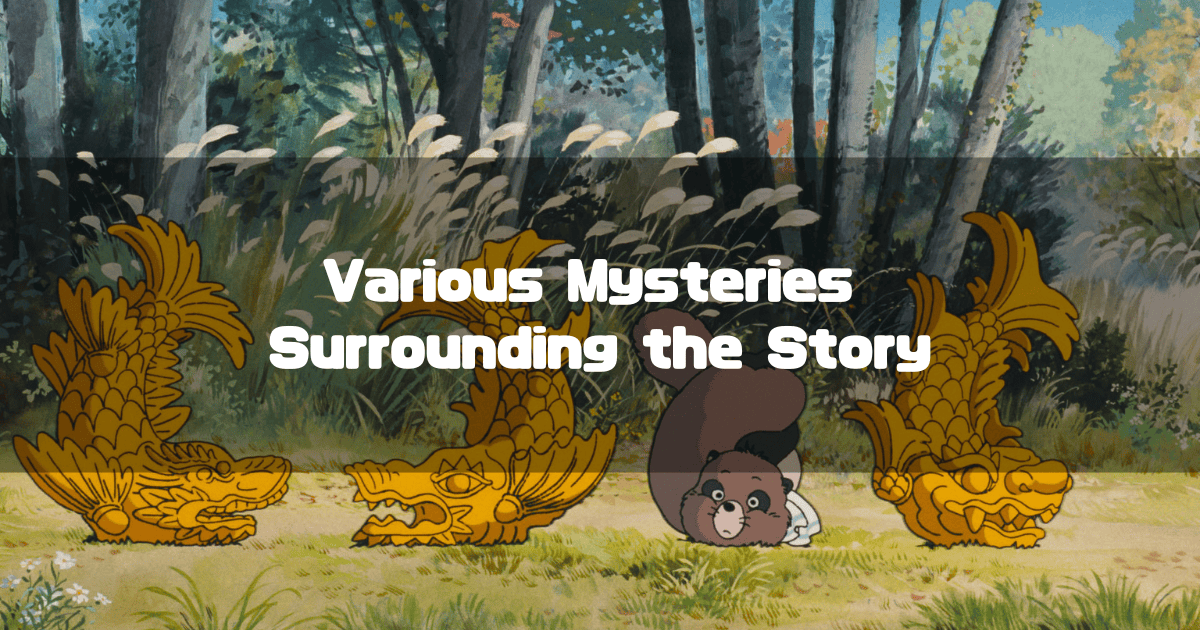
The Meaning of Oroku’s Scolding
The essential starting point of the story of Pom Poko, and what led the Tama tanuki to their struggle against humans, was Oroku’s scolding: “This is no time for this!” Of course, Oroku was right, and if the tanuki had continued fighting among themselves, they would have been driven from their homes without even realizing it (though the result was the same even after fighting).
This scolding from Oroku, to my eyes, seems to be directed at Hayao Miyazaki and Toshio Suzuki as well. The Pom Poko project originally began with a request to make a film adaptation of Shigeru Sugiura’s Happyakuyadぬki (808 Tanuki). However, Isao Takahata ultimately rejected this and produced the Pom Poko we know today. In short, it seems he was scolding the two, saying, “This is no time to be making something like Happyakuyadぬki!” But why was Happyakuyadnuki not good enough? I have summarized my thoughts on this matter in the following article.
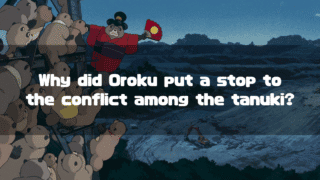
In the article above, I also write about “the mystery of the secret art bestowed by Oroku.” If you are interested, please give it a read.
The Mystery of Operation Specter
The ultimate weapon that appeared for the Tama tanuki in their fight against humans was “Operation Specter.” However, anyone who has seen Pom Poko must have thought, “That’s not going to work.” But if we leave it at that, we can’t enjoy Pom Poko.
Why did the tanuki carry out Operation Specter, or rather, why did Isao Takahata have the tanuki carry it out? Thinking about this deepens the enjoyment of Pom Poko. My views on this matter are summarized in the following article. What do you all think?
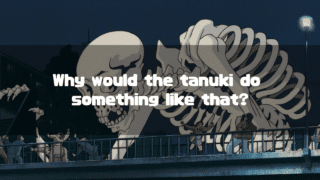
Why Were the Voice Actors Rakugo Storytellers?
One of the key features of Pom Poko is the casting of rakugo storytellers as voice actors. The reason, of course, must be to say, “This story is a rakugo, it’s okay to laugh.” Indeed, it is a comical story of the tanukis’ fumbling efforts. But what we should consider is why it was done this way. I have summarized this in the following article.

There are probably many other interesting points in Pom Poko, but these are what I have noticed so far. At the very least, I am certain it is not a story about “poor tanuki!” or “humans are so cruel!”
Princess Mononoke and Porco Rosso
The protagonist of Pom Poko is Shokichi, and his stance and conflict with Gonta form the main axis of the story. However, when considering the similarities with Miyazaki’s works Princess Mononoke and Porco Rosso, the importance of the sub-characters Tsurukame Oshō and Ponkichi becomes apparent.
Why was the character of Tsurukame Oshō necessary? Why was it Ponkichi who concluded the story? I have summarized my thoughts on these matters in the following articles:
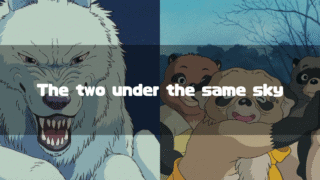
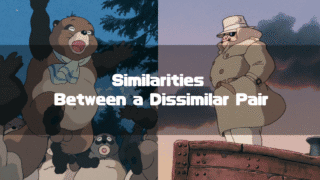
The first article compares Tsurukame Oshō and Moro from Princess Mononoke, and the second article compares Ponkichi and Porco Rosso from Porco Rosso.
It’s quite a wild comparison, but I think it can offer a new perspective. Of course, I welcome different opinions.
The images used in this article are from the “Studio Ghibli Still Images” collection.
About the Author
Recent Posts
- 2025-10-15
Indiana Jones and the Dial of Destiny(2023):Historical Background-WWII, the Real Dr. Schmidt, the Siege of Syracuse, and the Antikythera Mechanism - 2025-10-08
Why Does Children Who Chase Lost Voices Feel So Ghibli-esque? [Makoto Shinkai’s “Tale of Farewell”] - 2025-10-07
5 Centimeters per Second: Characters, Voice Actors, Character Analysis and Character Map - 2025-10-06
5 Centimeters per Second: Full Synopsis, Analysis, Ending Explained & Character Map (Spoilers) - 2025-10-04
5 Centimeters per Second Is Neither Depressing Nor Terrible: A Positive Interpretation of the Film

